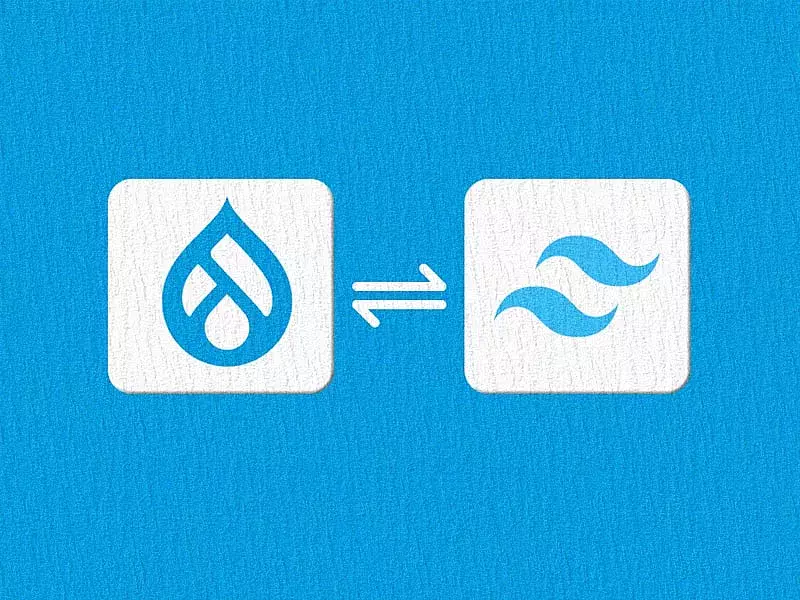
Did you know that English is the third most popular spoken language around the world, with Mandarin and Spanish in the first and second places respectively?! As more and more countries all around the world are getting familiar with the Internet, the need to internationalize your business increases for you to be able to generate higher revenues and get that competitive edge. Drupal 9 can help you achieve this easily by helping you translate all your content to multi-languages.
When I meet a person who speaks the same language as mine, there’s a certain comfort level that’s generated naturally. Likewise, when your website content is localized to a user, you are providing a more personalized experience and hence have more chances of customer engagement and thereby, an increased CTA and higher revenue generation. This way, you are building a better relationship with the user, increasing your brand loyalty and undoubtedly, brand awareness. Let’s say if a user wants to buy something from a website, he’d rather trust a website with his money that’s speaking his language than a language unknown to him.
How can Drupal 9 help?
Building a multilingual Drupal website has just gotten a lot easier with Drupal 9. Although incorporating multiple language support into Drupal 7 was also pretty efficient, you needed to install a bunch of contributed modules to get it working. In Drupal 9, multilingual support is completely out-of-the-box and comes along with Core. There are huge benefits for both the site administrators and end users with Drupal 9’s multi-linguistic support.
Choose your language in your Drupal 9 installer
Drupal 9 now lets you select your language that you would like to install it in. There are about a hundred languages to choose from right at the first step of installation. The intelligent Drupal 9 can also detect your language based on your browsing data, so you most likely will see your preferred language auto-filled and you can simply move ahead. Once you select a foreign language, English is completely removed from your sites languages as Drupal 9 assumes that you would not like to see English in all sorts of places.
Drupal 9 Core Modules for multi-language support
With Drupal 9, you won’t need additional contributed modules to have a multi-lingual website as most of the basic features you would need are already pre-packed in Core for you. Modules like Language and Interface Translation are installed and enabled as they are the very basic and crucial modules that support multi-languages. The Configuration Translation module provides you with a user interface for configuration. Then there’s the Content Translation module that lets user’s translate content entities and fields. These four mentioned modules can set you up and running with a powerful and user-friendly multilingual Drupal website.
Out-of-the-box Language Detection and Selection
Once you have configured multiple languages, you should be able to detect and select them for your website pages. This can be easily done by just adding the languages you need and placing a selector or language switching block. On selection of a language, the URLs also are automatically configured and you can see the complete URL path while configuring it.
Assign Languages to Everything!
Yes! Now you can assign languages to everything – content, menus, blocks, users, nodes, views, shortcut links, Title – everything you can think of is translatable with Drupal 9.
Better Browser Language Detection
There can be many language codes assigned to one language and detecting them is quite a challenge. Drupal 9 has intelligent algorithms that can map browser configurations to which internal language needs to be used. The configuration allows you to add new language mapping.
Adding multilingual support to your website will not only give you that competitive edge and widen your audience but will also help you build trust and better relationships with your users. Drupal 9 offers a simplistic approach towards building a multi-language website with all the needed features bundled up together. Specbee is a Drupal Development Company and we can help you increase business revenues by building a globally local Drupal website.







